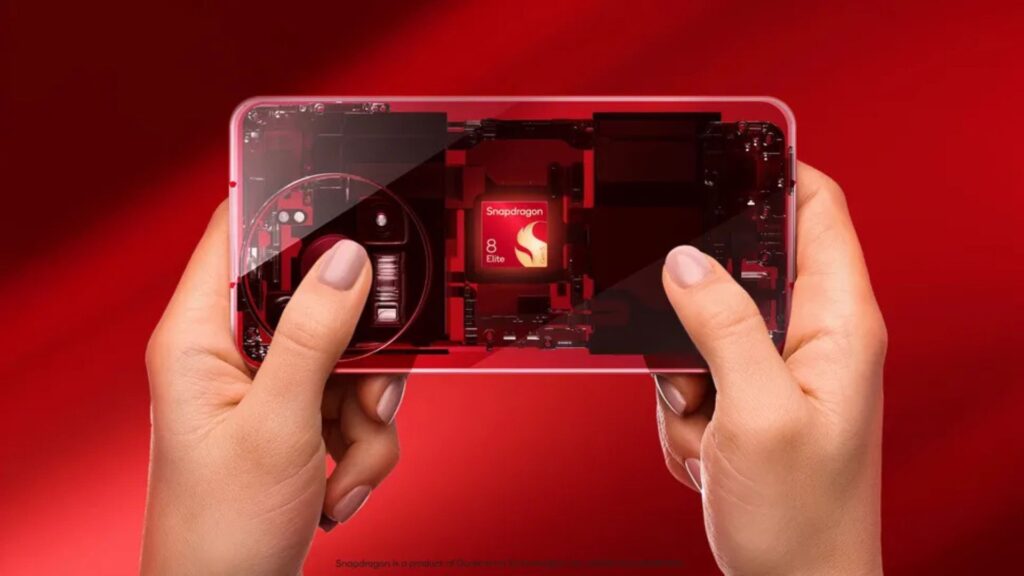Qualcomm announced its most powerful mobile chipset today at the Snapdragon Summit in Hawaii, positioning artificial intelligence as the centerpiece of smartphone interaction. The Snapdragon 8 Elite Gen 5 delivers substantial CPU, GPU, and AI performance gains while introducing “agentic AI” capabilities that can act on users’ behalf.
Performance Improvements and Manufacturing

Built on a 3 nm process with third-generation Oryon CPU cores reaching up to 4.6 GHz, the Snapdragon 8 Elite Gen 5 achieves a 20% CPU performance boost, 23% faster graphics processing, and a 37% increase in AI power compared to last year’s flagship chipset (CNET). The Hexagon neural processing unit now handles 220 tokens per second on-device, enabling real-time AI without cloud reliance. Qualcomm markets it as the “world’s fastest mobile system-on-chip,” thanks to comprehensive upgrades across compute, graphics, and AI engines.
Agentic AI and On-Device Intelligence
Qualcomm’s CEO Cristiano Amon declared “AI is the new UI,” forecasting that personalized agents will become the primary interface for users (Tom’s Guide). The chipset integrates a Sensing Hub with personal knowledge graphs and the Personal Scribe feature, allowing AI to learn user preferences while keeping data local. “With Snapdragon 8 Elite Gen 5, you are at the center of your mobile experience,” said Chris Patrick, senior vice president of mobile handsets (CGMagazine).
Advanced Imaging and Ecosystem Adoption
A first for mobile, the platform supports the Advanced Professional Video (APV) codec used in professional production and introduces a 20-bit Image Signal Processor that offers four times the dynamic range of previous generations. It enables 320-megapixel captures, zero-lag triple-camera operation at 48 MP, and 8K HDR recording at 60 fps, alongside real-time AI tone mapping via Dragon Fusion (ArcSoft collaboration) (CNET). Samsung, OnePlus, Xiaomi, Honor, Oppo, Vivo, Sony, and ZTE have all committed to flagship devices powered by Snapdragon 8 Elite Gen 5, with the first smartphones expected before the end of 2025.













